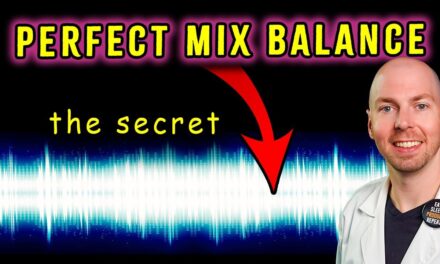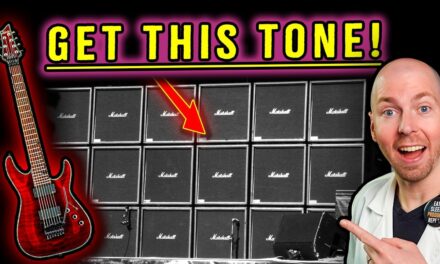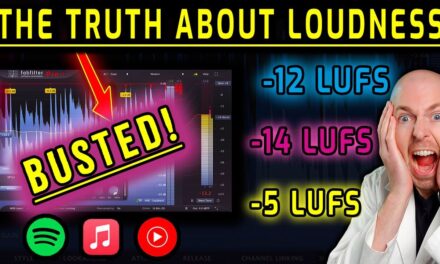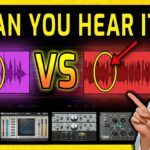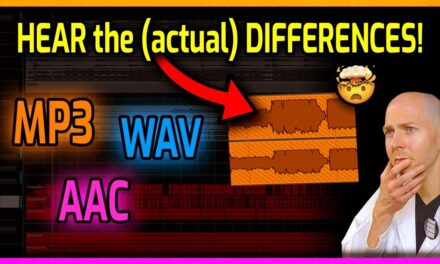
96 kHz vs. 44.1 kHz: Is it really better?
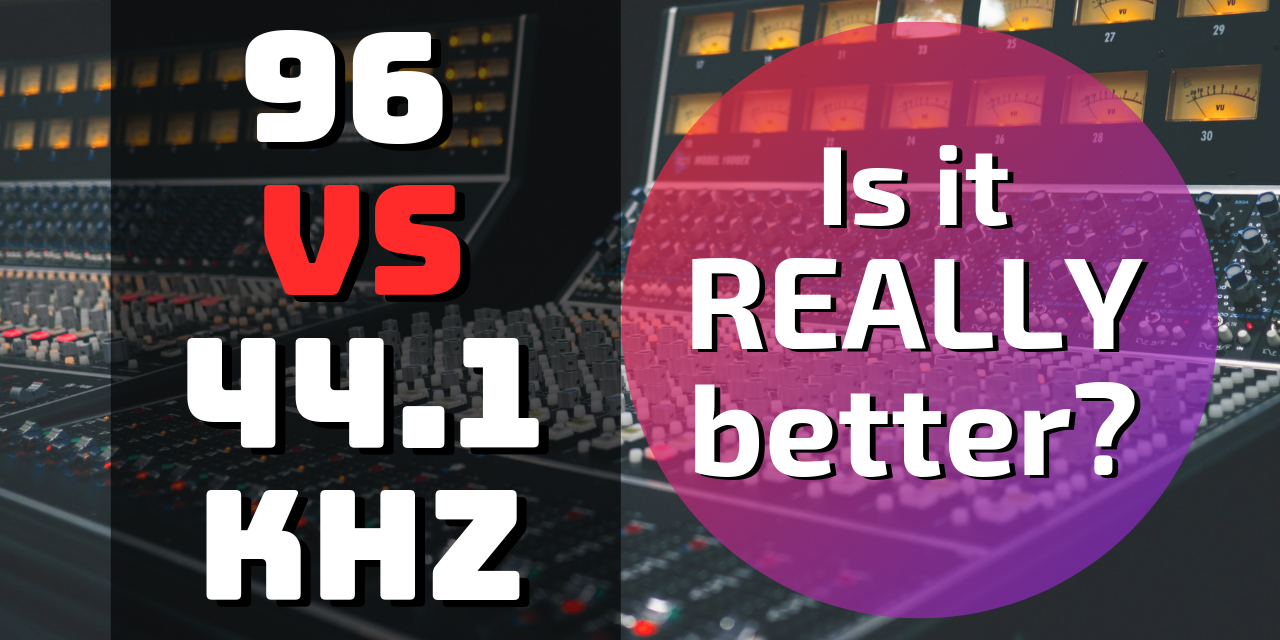
Is recording audio at high sample rates like 96 kHz really better than 44.1 kHz?
This question is often asked on recording and home studio forums, with very polarizing opinions. Some audiophiles claim they can hear the differences in the two sample rates, while others disregard it as non-sense. But who is right, and does it really even matter?
I decided to experiment myself and make a tutorial that focuses on one aspect of this complex topic – does recording at 96 kHz and down converting to a 44.1 kHz sample rate format really sound better?
This video tutorial shows the differences in quality of 2 different sample rate conversion algorithms (Cubase 9.5 and Voxengo r8 Brain (get it FREE here!)). I show in the video the isolated artifacts caused from downsampling pure sine and square waves, sine sweep (or chirp), and finally a song I mixed and mastered.
By the way, if you need help getting your songs sounding the best for your next release, why not send us a quick message and take a look on our website? We’ve helped 100’s of artists from around the world. Even better would be to check out our before and after player so you can hear, for yourself, what we can do for your music.
What this video covers:
► The number of tracks before you can ACTUALLY HEAR aliasing and noise from SRCs.
► Differences for 96 kHz and 44.1 kHz sine and square waves and also sine wav sweeps (chirps).
► Differences between Steinberg Cubase 9.5‘s sample rate conversion algorithm and Voxengo r8brain (FREE!).
► Sample rate conversion of an actual song for real-world comparison.
► Reading and understanding SRC quality from src.infinitewave….
If you liked this video tutorial, please share it with others that are making music.
Now a question for you: What sample rate do you record in? WHY?
Let’s start a discussion!

